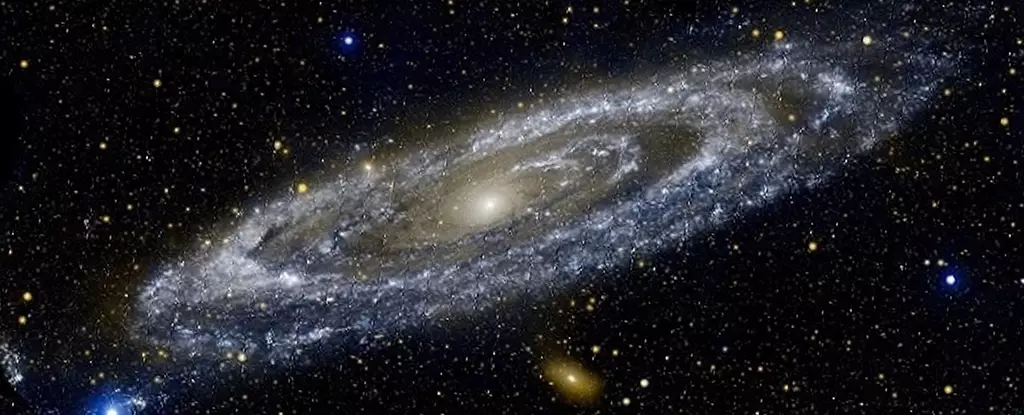

The Earth’s location in the vastness of space is a concept that we often struggle to wrap our minds around. It is not just a matter of orbiting an average star – our Sun – but being part of a much larger structure known as the Laniakea Supercluster. This supercluster spans an astonishing 250 million light years and is home to at least 100,000 galaxies. However, even this enormous scale pales in comparison to the Einasto Supercluster, recently discovered to be a staggering 360 million light years across and housing an unimaginable 26 quadrillion stars.
When discussing the composition of galaxies with the public, it is essential to highlight the fact that galaxies are not standalone entities. Rather, they are intricate collections of stars, nebulae, clusters, planets, comets, and more, all held together by the force of gravity. In essence, if you were to remove any of these components, a galaxy would simply cease to exist. Superclusters like Laniakea and Einasto operate on the same principle, being massive collections of galaxies that are bound together (albeit not entirely) by gravity. These superclusters stand out as some of the largest structures in the known Universe.
The latest discovery of the Einasto Supercluster, named in honor of Professor Jaan Einasto, has shed new light on the dynamics of these immense structures. Professor Einasto’s work in the field of superclusters has been groundbreaking, and the naming of this supercluster on his 95th birthday highlights his contributions to the scientific community. Understanding the sheer size of these superclusters can be mind-boggling, with the Milky Way Galaxy being analogous to a coin on a football pitch, while the entire supercluster’s mass is comparable to Mount Everest in scale.
Despite the immense gravitational pull of superclusters acting as a brake on expansion, they are not permanent fixtures in the Universe. Over time, galaxies within superclusters will continue to drift apart, as the force of gravity is not sufficient to halt this gradual separation. Researchers have discovered a correlation between the size and density of superclusters, with a notable inverse square relationship existing. This relationship implies that as the size of a supercluster increases, its density decreases exponentially.
The study of superclusters in the Universe unveils the awe-inspiring scale and complexity of these cosmic structures. As we unravel the mysteries of these colossal formations, we gain a deeper appreciation for the intricate dance of gravitational forces that shape the fabric of our Universe.
The world of medical therapeutics is on the brink of transformation thanks to an innovative…
Recent groundbreaking research published in *Nature* has unveiled a transformative aspect of tree biology that…
In an impressive stride for engineering and computational fluid dynamics, a team of researchers has…
The concept of starquakes—profound vibrations generated by the turbulent surfaces of stars—serves as an innovative…
In a stunning advance that promises to reshape cardiac treatment across the globe, researchers have…
In the battle against climate change, reforestation has emerged as a beacon of hope, particularly…
This website uses cookies.